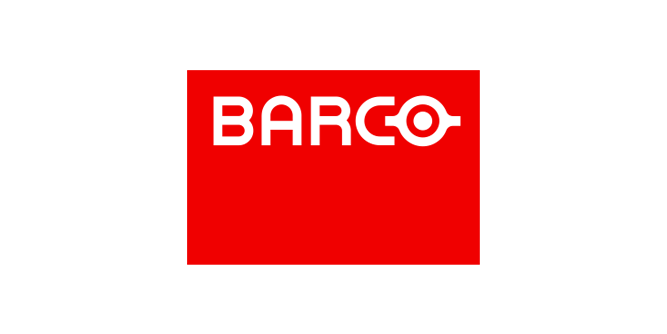Shanghai Happy Valley covers an area of 90 hectares and includes seven themed areas: "Sunshine Port, Happy Times, Hurricane Bay, Gold Mine Town, Ant Kingdom, Shanghai Beach, Shangri-La." With over a hundred entertainment and viewing projects, the park is equipped with an intelligent and networked public broadcasting system. The public broadcasting system utilizes the core technology of the American QSC network audio system, achieving network coverage throughout the entire park. The system is intelligently controlled and monitored remotely, providing three major functions: network audio transmission, DSP audio signal processing, power amplification, and post-stage monitoring.
Each of the seven public broadcasting areas in Shanghai Happy Valley has a dedicated amplifier room for housing network terminals and amplifier equipment. The control room in the main building and the amplifier rooms in a star-shaped fiber optic network topology are connected, reducing analog cables and enabling the transmission of hundreds of lossless audio signals through a single fiber optic cable. This structure minimizes attenuation, significantly saving construction and wiring costs while ensuring the quality of audio signal transmission. The star-shaped network topology ensures direct communication between the system's main control room and all amplifier rooms, preventing system paralysis in case of cable or network node issues.
Each amplifier room is equipped with QSC's CX series power amplifiers, driving outdoor speakers and small column speakers with constant voltage. The CX series amplifiers boast strong stability and efficient performance, with an electrical energy conversion efficiency of up to 85%, greatly reducing the operating costs of the system after the park opens. Besides power amplifiers, the amplifier rooms are equipped with QSC network audio terminals. These terminals receive CobraNet network audio signals from the network, decode and process the audio, and then transmit it to the power amplifier for amplification. The system operators can customize program arrangements, and the system can automatically broadcast according to the schedule, simplifying system operations. The system can also issue emergency notifications, search for individuals, and make voice calls to specific areas or the entire park.
The QSC network audio system can be integrated with the fire alarm system. Upon receiving a dry contact alarm signal from the fire alarm system, the system immediately enters emergency broadcast mode, playing emergency broadcasts at maximum volume throughout the park. Additionally, the park has prepared a small portable performance system to meet the needs of temporary mobile performances, which also uses QSC amplifier equipment. In summary, for a modern theme park, in addition to modern amusement and landscape facilities, achieving modernization in management is crucial. The advanced and modern public broadcasting system provided by QSC makes theme park management more intelligent and user-friendly, offering a new model for the management of large theme parks in China.




















